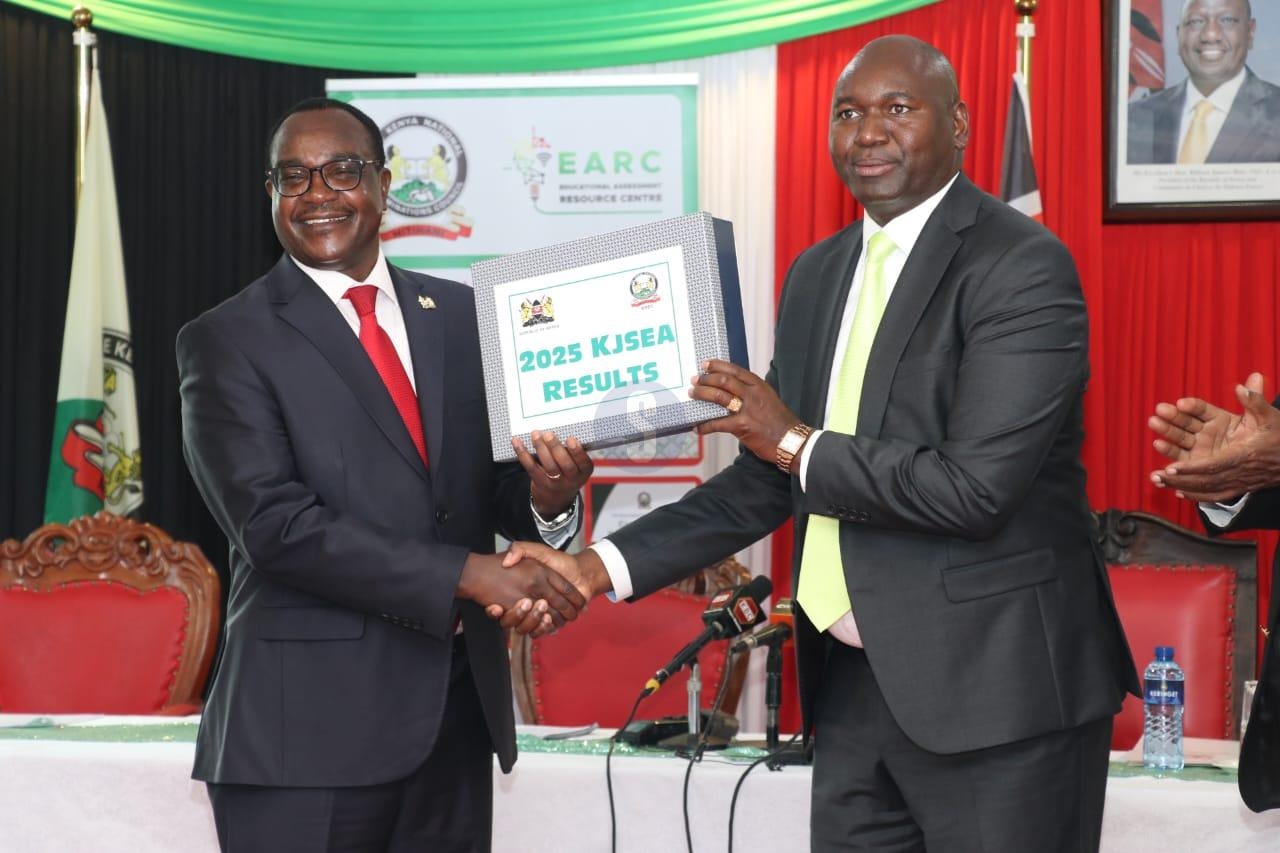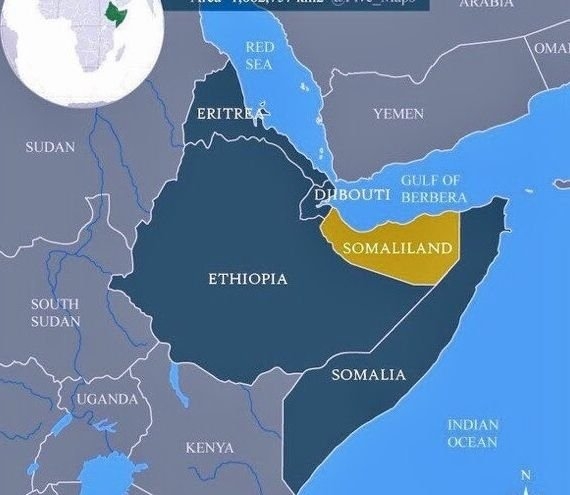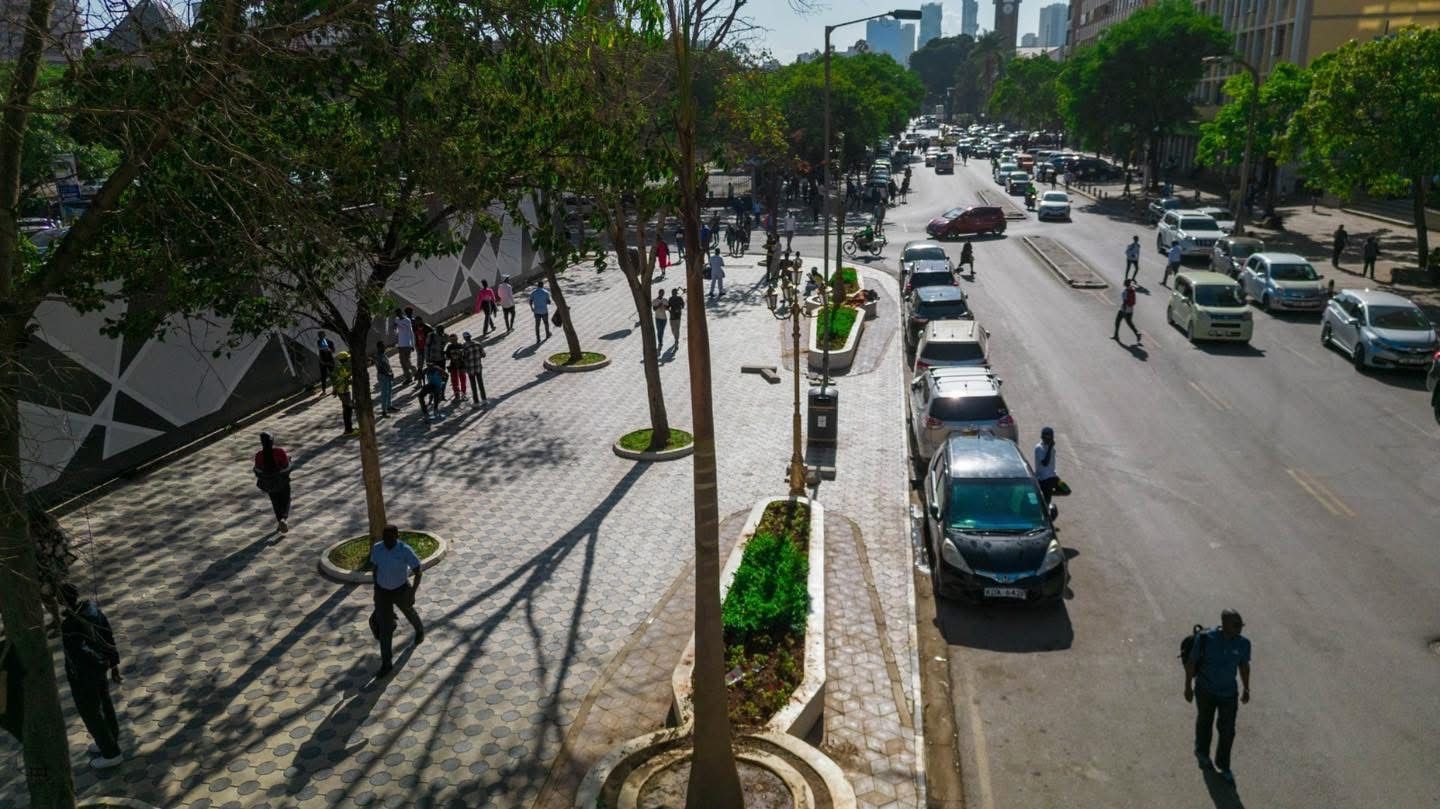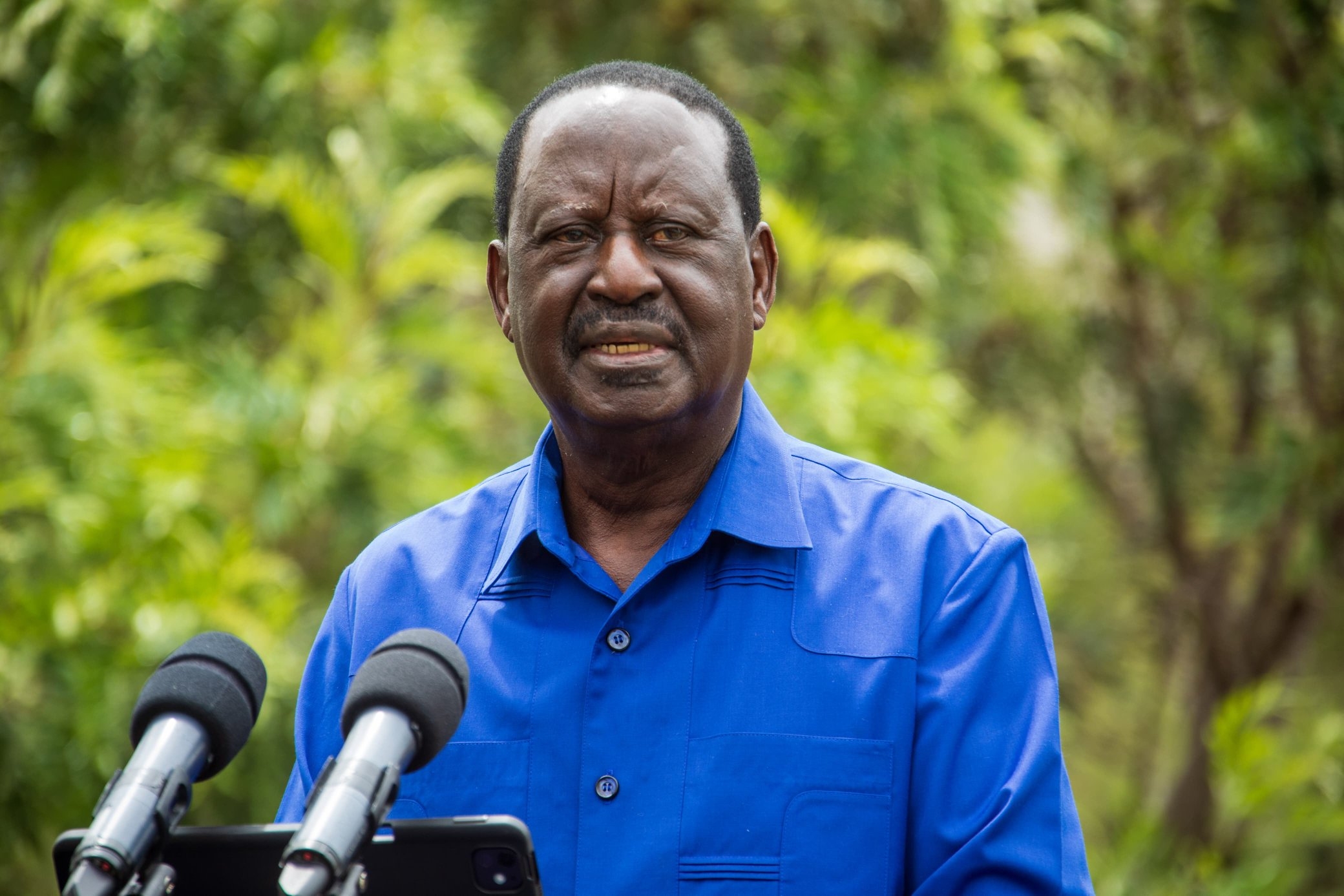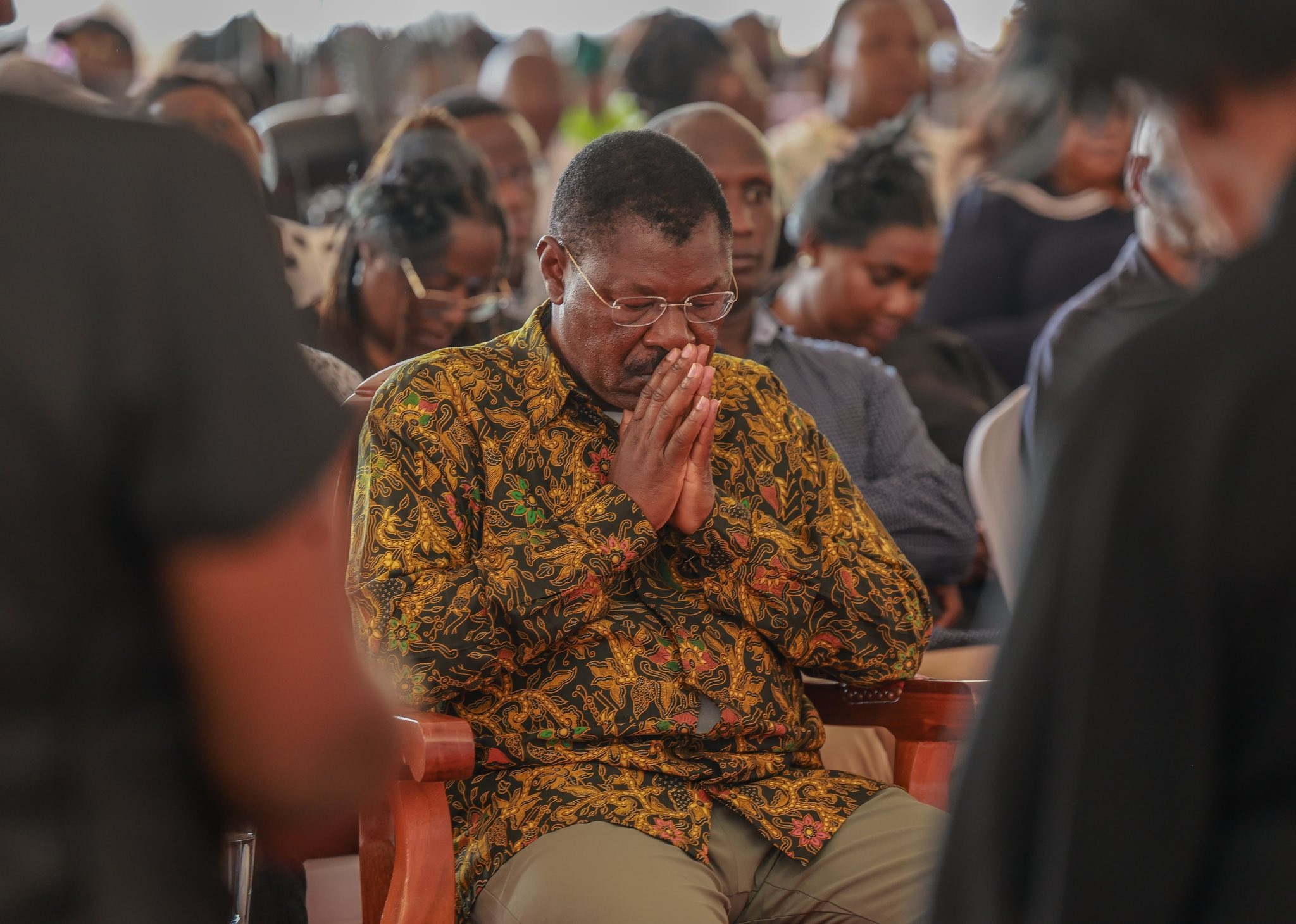
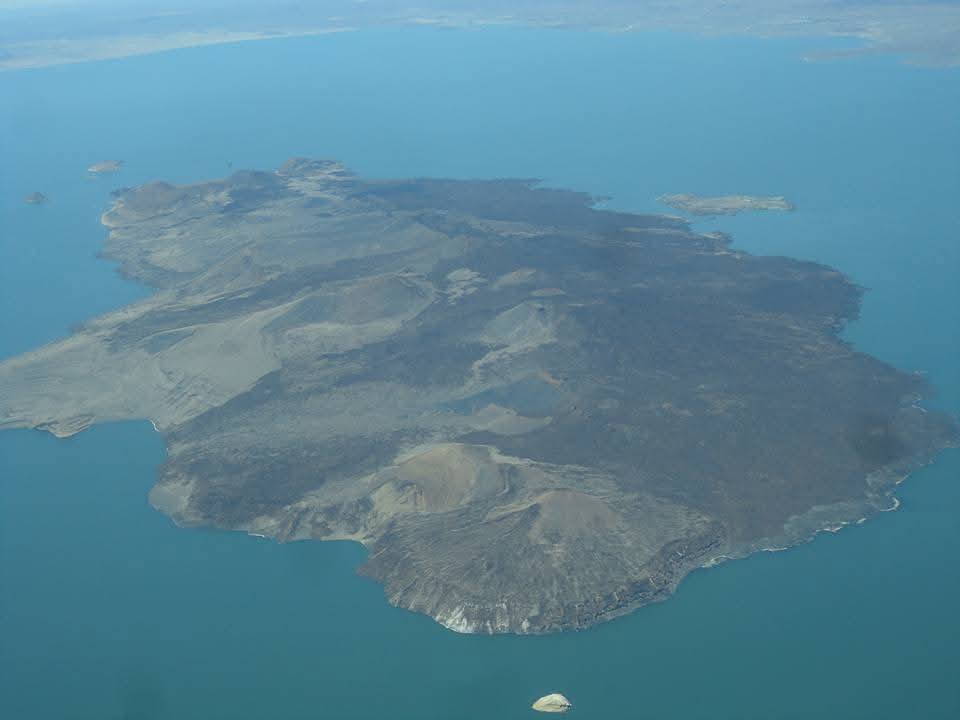
The South Island National Park/KWS/FB
South Island, a remote volcanic landmass rising from the jade-green waters of Lake Turkana, is not just a dot on the map, it is a treasure chest of biodiversity and culture.
It is a place where nature sings in coos and calls, and history echoes in the rhythms of tradition.
Sizzling with the soundscape of coos, chirps and the flutter of wings, South Island is one of the country’s most captivating and little-known national parks.
Nestled within the expansive Lake Turkana basin, this volcanic island is more than just scenery.
It is a lifeline for countless species, many of which are rarely seen elsewhere.
“South Island is a haven for water birds,” the Kenya Wildlife Service says. “It serves as a stopover for rare migrants and a critical breeding ground for species unique to this region.”
Among these are the Goliath heron, African skimmer, white open African billed stork and a wide range of ducks.
The lesser flamingo, known for its breathtaking congregations, is also a frequent visitor to the island’s shores.
Recognised as a UNESCO Man and the Biosphere (MAB) Reserve and designated as one of Kenya’s Important Bird Areas (IBA) by Birdlife International, South Island plays a vital role on the global ecological stage.
It is a key stopover point for 34 species of Palearctic migrant water birds, connecting the country’s ecosystems with those as far away as Europe and Asia.
But it is not just birds that call this isolated island
home.
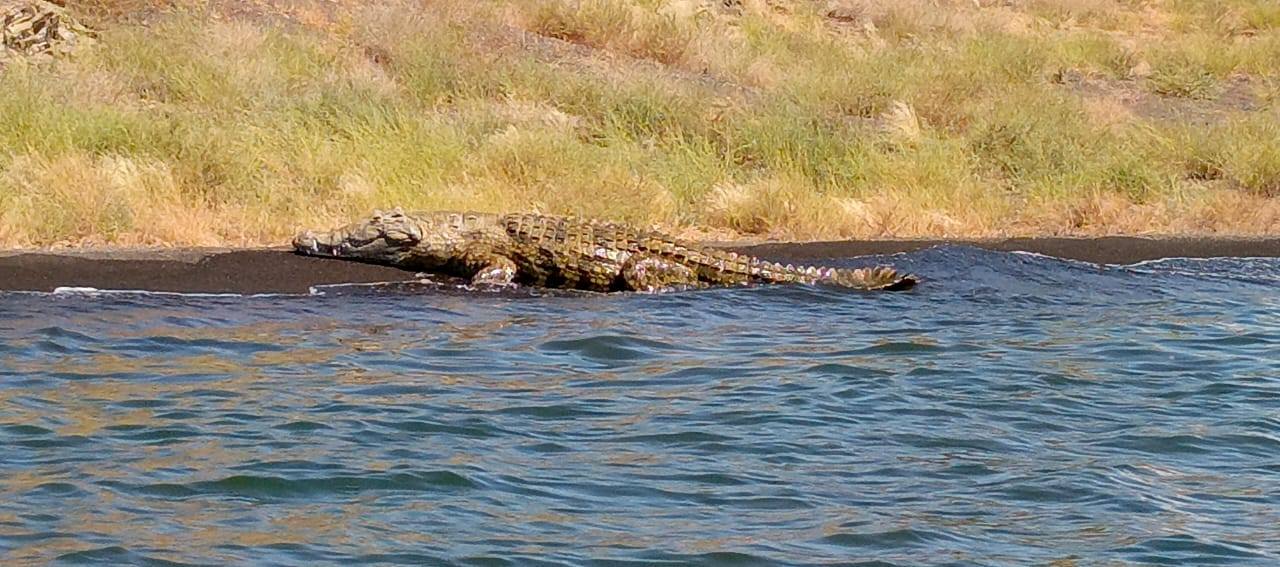
Beneath the surface of Lake Turkana’s shimmering waters, a silent population thrives: Nile crocodiles, some of the largest ever recorded, prowl the lake’s sandy beaches and sun-warmed shallows.
Their presence is both awe-inspiring and chilling. South Island is one of the major breeding grounds for these prehistoric reptiles, making it a focal point for conservation and scientific research.
Reptile enthusiasts might also spot rare lizard species, including some found only in this region, as well as a vibrant range of fish adapted to the lake’s saline environment.
For visitors, South Island is not just about wildlife. It is an immersive experience into the living history and diverse cultures of Northern Kenya.
Just two kilometers from South Island, perched on a hill overlooking Lake Turkana, sits the Loiyangalani Desert Museum.
With sweeping views of the lake and exhibits that trace the unique lifeways of the communities that live around it, the museum serves as a cultural anchor for the region.
Here, traditions are preserved, and stories are told, not just of survival, but of resilience, celebration and identity.
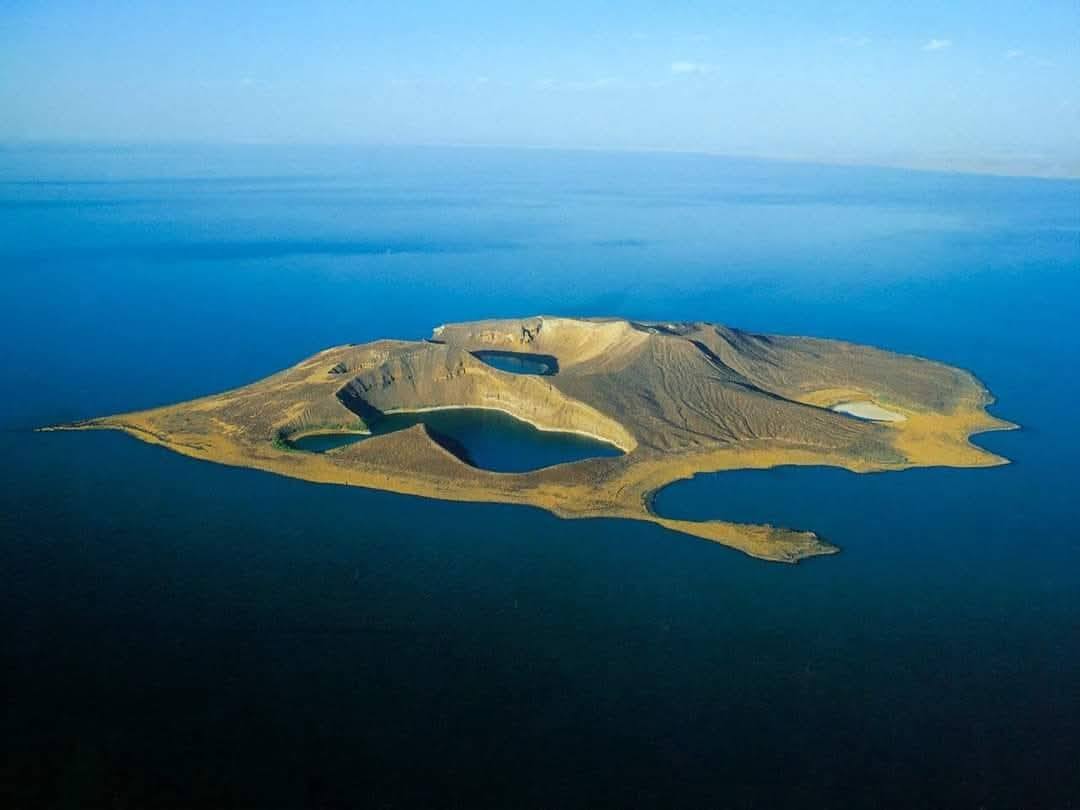
The Lake Turkana Cultural Festival, held annually in Loiyangalani, brings together nine indigenous communities: El Molo, Rendille, Samburu, Turkana, Dasanach, Gabbra, Borana, Waata and Burji.
For locals and tourists alike, the festival is an unmatched celebration of the country’s cultural mosaic.
“It’s a moment where people can appreciate the richness of our heritage, side by side with the wonder of our natural environment,” notes KWS.
Beyond the cultural and ecological richness, South Island offers a mix of adventurous activities that appeal to eco-tourists, scientists, and curious travelers.
These include game viewing, camping, walking safaris, picnicking and boat safaris that glide past sunbathing crocodiles and diving waterfowl.
The views from the island are hauntingly beautiful with bare volcanic rock contrasted against the glistening lake and the distant desert plains of Northern Kenya.
Yet, despite all this, South Island remains one of the country’s best-kept secrets.
South Island National Park is not just a destination. It is a living archive of biodiversity, a refuge for threatened specie and a bridge between the natural and the cultural.
It is Kenya, in all its complexity and wonder, wrapped into one strikingly beautiful isle.
And for those who make the journey, it offers something few places on earth can: the sound of silence broken only by the cry of a heron, the splash of a crocodile and the timeless heartbeat of the desert wind.



